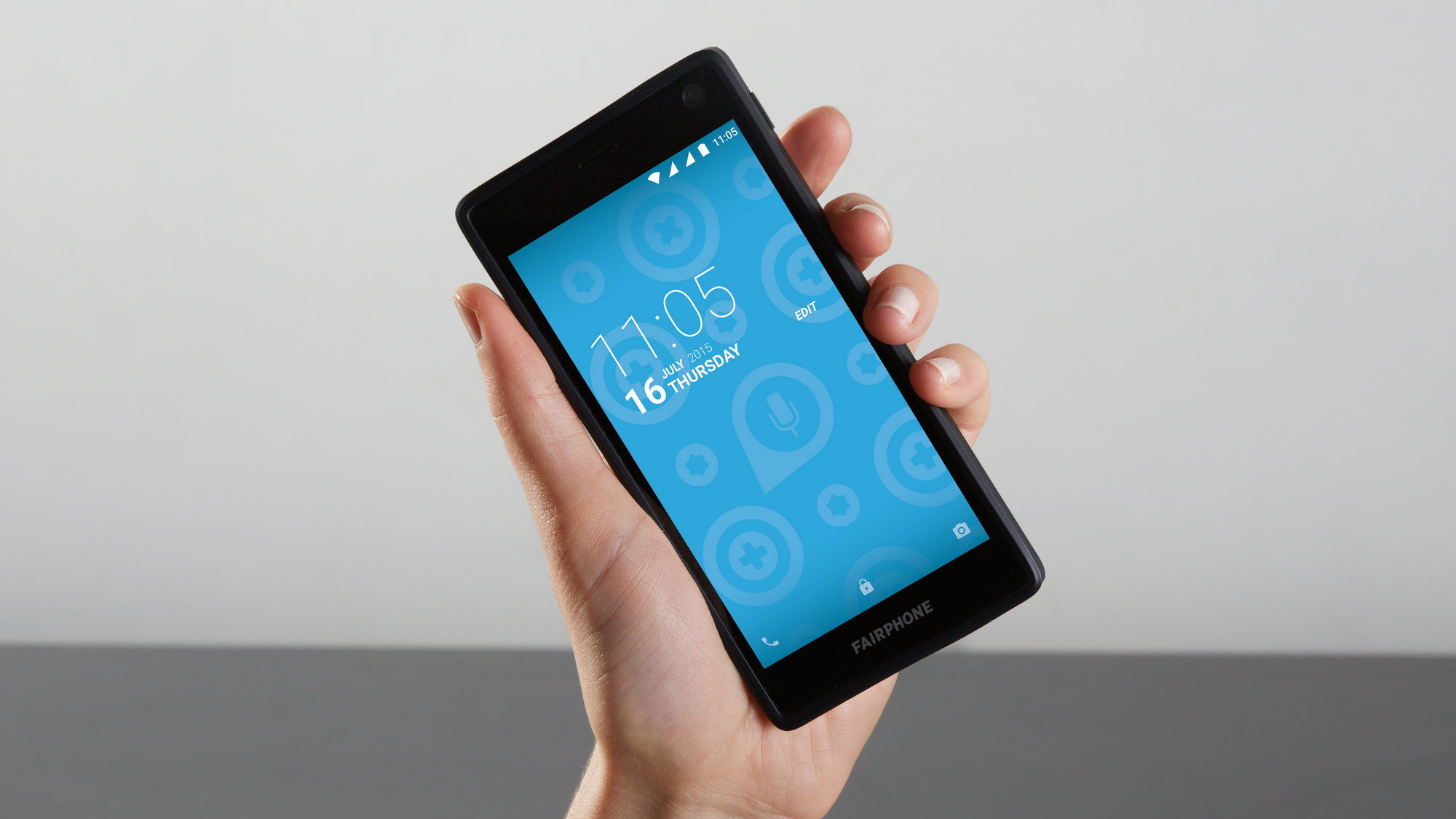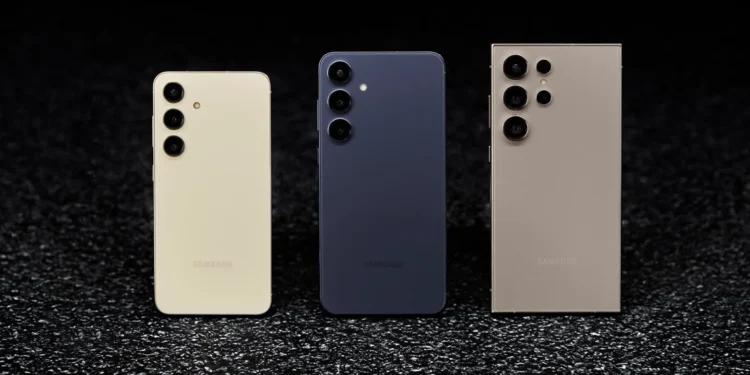In the world of technology, the durability of software updates is often a contentious issue, especially in the Android ecosystem. While Apple users often boast long periods of iOS support, Android has traditionally lagged behind. But it seems Google is determined to rewrite this narrative by extending the lifespan of Android updates to seven years, a goal they’ve started with the Snapdragon 8 Elite.

A Strategic Shift in Android Longevity
The concept of extending Android software updates isn’t new, but it has seen significant traction only recently. With Google’s introduction of the Pixel 8 and continued with the Pixel 9, the tech giant set an industry precedent by guaranteeing seven years of updates—a commitment mirrored by Samsung for select Galaxy devices. However, this level of long-term support has been limited to just a few flagships, leaving a broad spectrum of Android devices in the dust.
This disparity may soon change. According to a report from Android Authority, sourced from an anonymous insider, Google has unveiled the “Longevity GRF” program. This initiative is aimed at simplifying the support process for Android manufacturers, encouraging them to offer up to seven years of updates.

Overcoming the Chipset Challenge
Traditionally, one of the biggest hurdles in prolonging Android support has been the chipsets. Chip manufacturers typically offer a limited window of support for each chip, which has forced Google to require continuous vendor software updates with each new Android version. This process was partially alleviated by Google’s “GRF” (Google Requirements Freeze), which allowed updates to be certified for up to three years without changes to vendor software. However, this was a short-term solution to a long-term problem.
With the Longevity GRF program, Google aims to extend this window, allowing Android devices to receive up to seven OS updates on the same initial vendor software. However, this extended support comes with a catch—the Linux kernel must still be updated at least every three years to ensure security, highlighting a strong emphasis on protecting user data against emerging threats.
Potential Trade-offs
Extending the lifespan of software updates can lead to complications, such as devices missing out on newer features that require updated vendor software. For instance, features like Android 12’s 2G toggle or Android 13’s flashlight brightness API would still necessitate a vendor software update to function properly despite the OS itself being updated.
This approach, while pioneering, poses a delicate balance between maintaining long-term security and offering the latest features. As pointed out by Android Authority, this strategy might lead to more complex updates and could result in certain patches being missed if not managed carefully.

Looking Ahead
Google’s push towards a seven-year update cycle with the Snapdragon 8 Elite marks a significant moment in Android’s history. It reflects a growing recognition of consumer desire for longer-lasting devices and could shift the competitive landscape, urging other manufacturers to follow suit. If successful, this could lead to not only a better consumer experience but also a shift in how Android devices are perceived in terms of longevity and value.
As the tech world watches closely, the success or failure of this initiative will likely influence future strategies across the industry, potentially leading to a new standard for Android devices everywhere.










